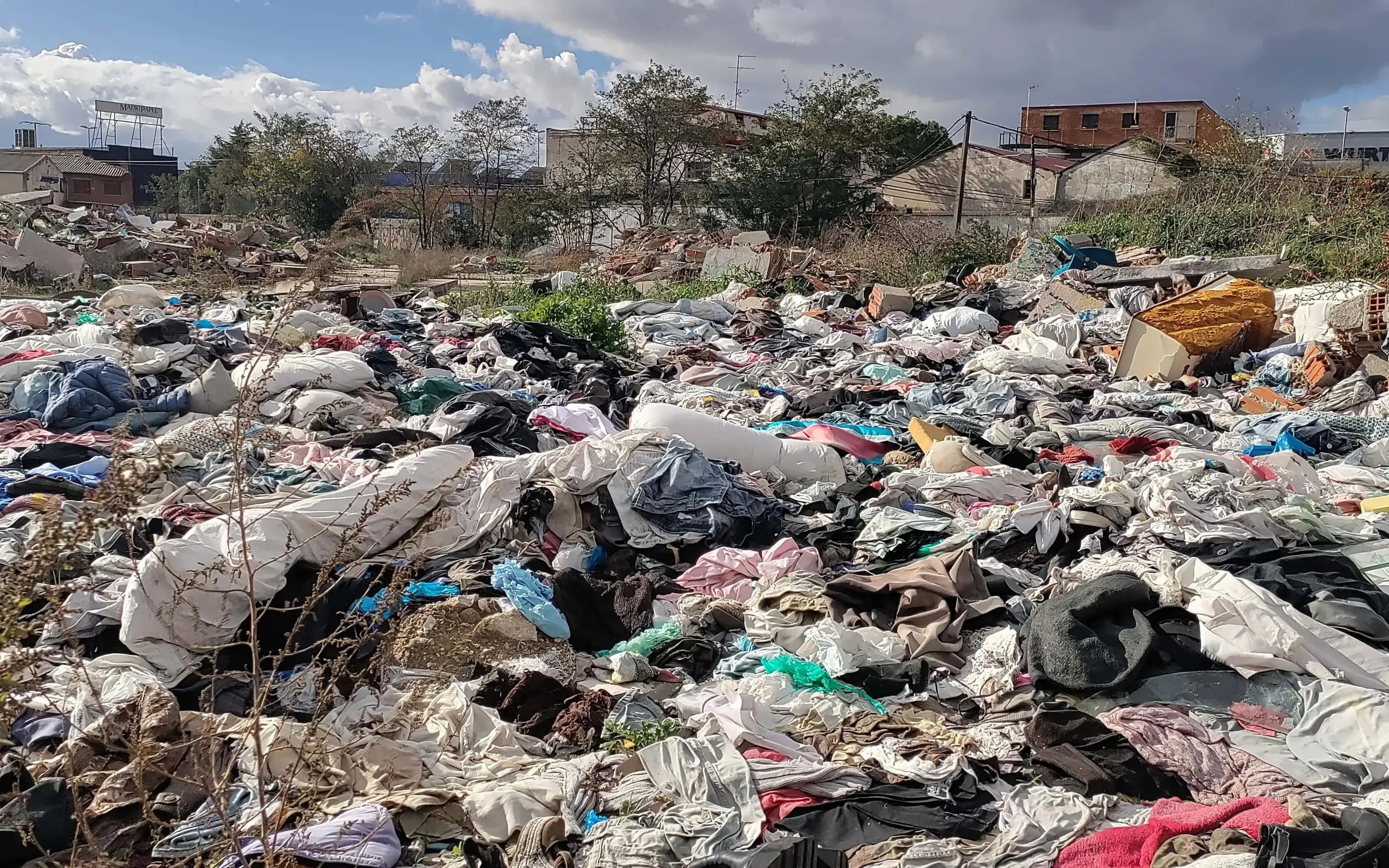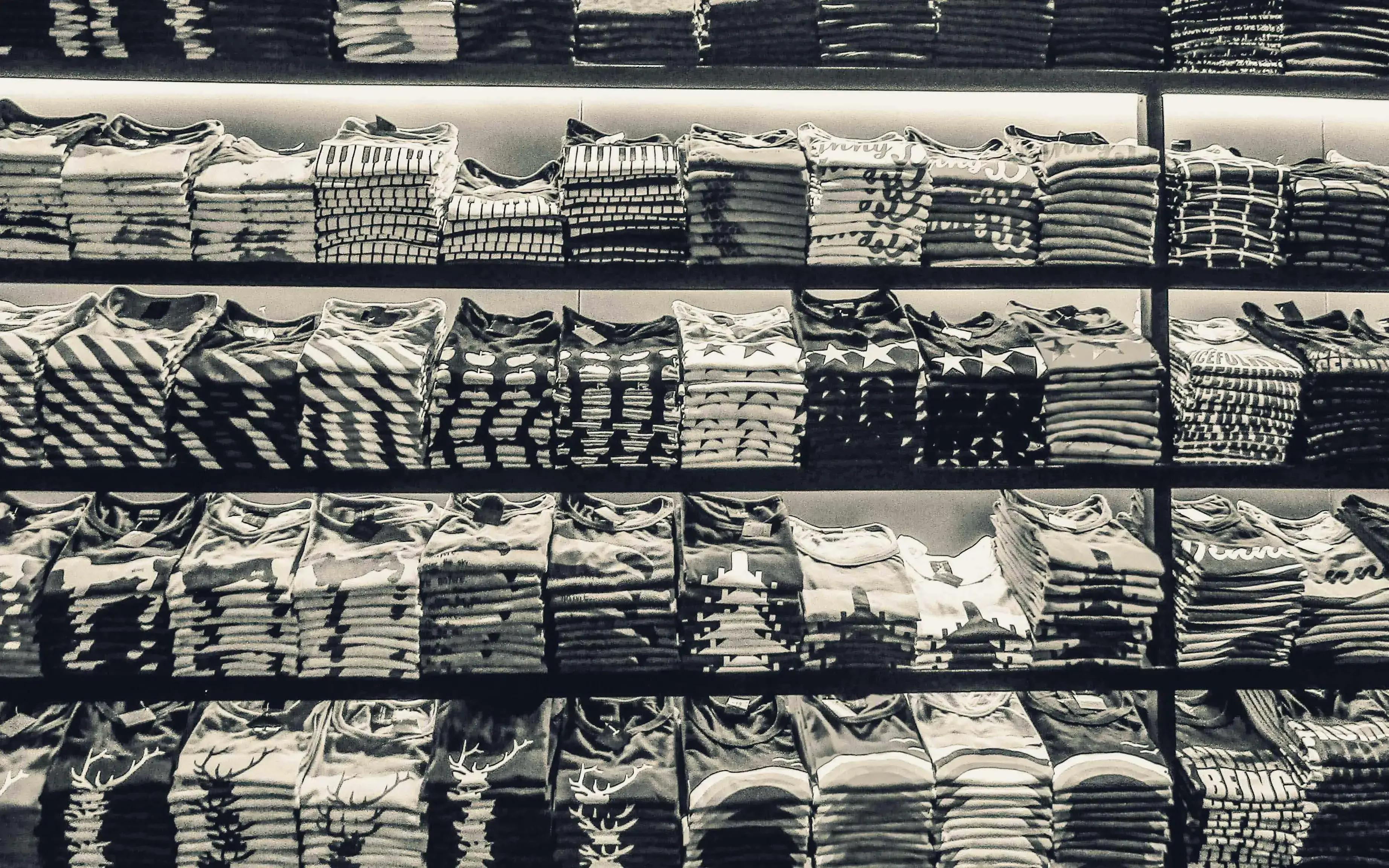
The organization has published a guide to help consumers interpret clothing labels and make more responsible purchasing decisions, emphasizing the importance of consuming less and consuming better
“How are you dressed today?” This is the question that begins Greenpeace’s Guide to Learning to Read Labels, a document aimed at raising awareness about the environmental and social impacts of the fashion industry. The publication comes at a key moment in the season: sales, often characterized by uncontrolled clothing consumption
According to Celia Ojeda, Head of Biodiversity and Consumption at Greenpeace, "this guide is part of work we've been doing for years, starting with the Detox My Fashion campaign, which denounced how fast fashion polluted rivers in Asia and how the colors of European trends were reflected in Asian waterways."
The environmental organization warns that fashion is responsible for 10% of global greenhouse gas emissions and that millions of tons of clothing end up annually in landfills or incinerators, often in developing countries like Ghana or regions like the Atacama Desert, where true textile cemeteries are forming.
Tips for Responsible Consumption
In the guide, Greenpeace suggests that before buying an item of clothing, consumers should ask themselves if they truly need it. Avoiding impulsive purchases, especially during sales where discounts can make unnecessary items seem like great deals, is crucial. Reflecting on whether the clothing matches what you already own or fits your style can also help make better decisions.
The organization also encourages consumers to consider the environmental and social impact of their purchases. A discounted item may have a lower cost for the buyer, but it often comes with a high price for the planet and the workers who produce it. Greenpeace reminds us that excess textile waste is a global issue, contributing to illegal landfills and microplastic pollution.
Towards a New Consumption Model
To address these challenges, Greenpeace advocates for a more conscious and sustainable consumption model. They propose repairing clothes instead of discarding them when they wear out, thereby extending their lifespan. They also highlight the importance of opting for second-hand items, whether through physical stores, online platforms, or exchanges with friends and family. These choices help reduce waste volumes and promote the circular economy. According to Celia Ojeda, "the key is to consume less and better. Reduce textile purchases, choose sustainable options, and, whenever possible, give a second life to the pieces already in your wardrobe."
When it becomes necessary to buy new clothing, the organization recommends selecting brands with genuine environmental and social commitments. This includes those that use sustainable materials, produce locally, and ensure fair working conditions for their employees.






Add new comment